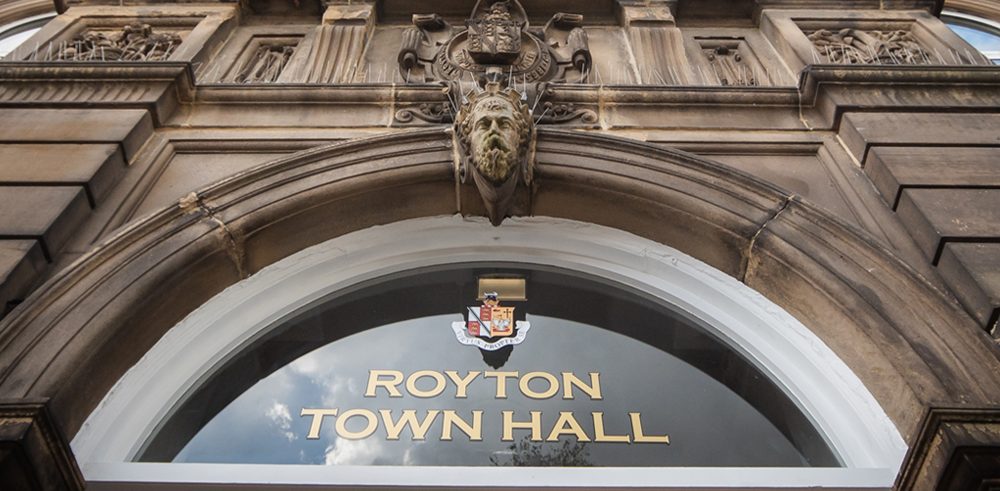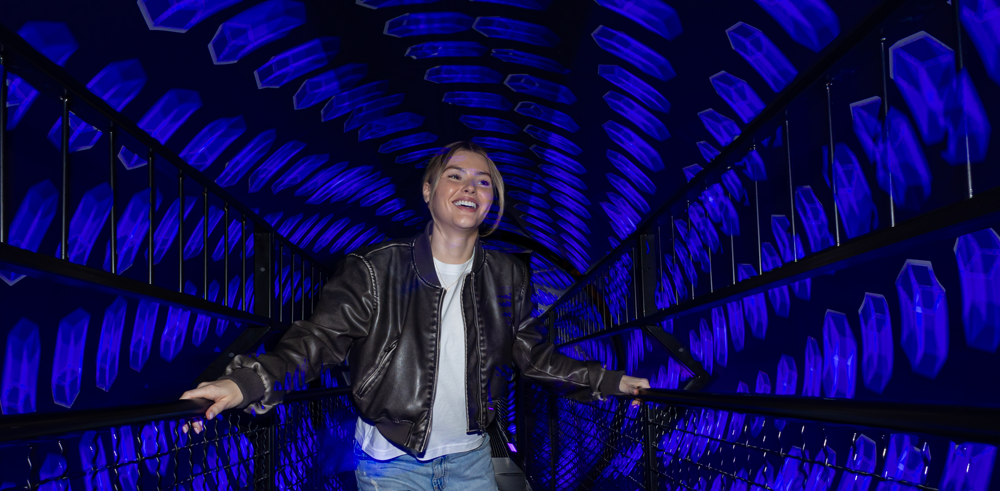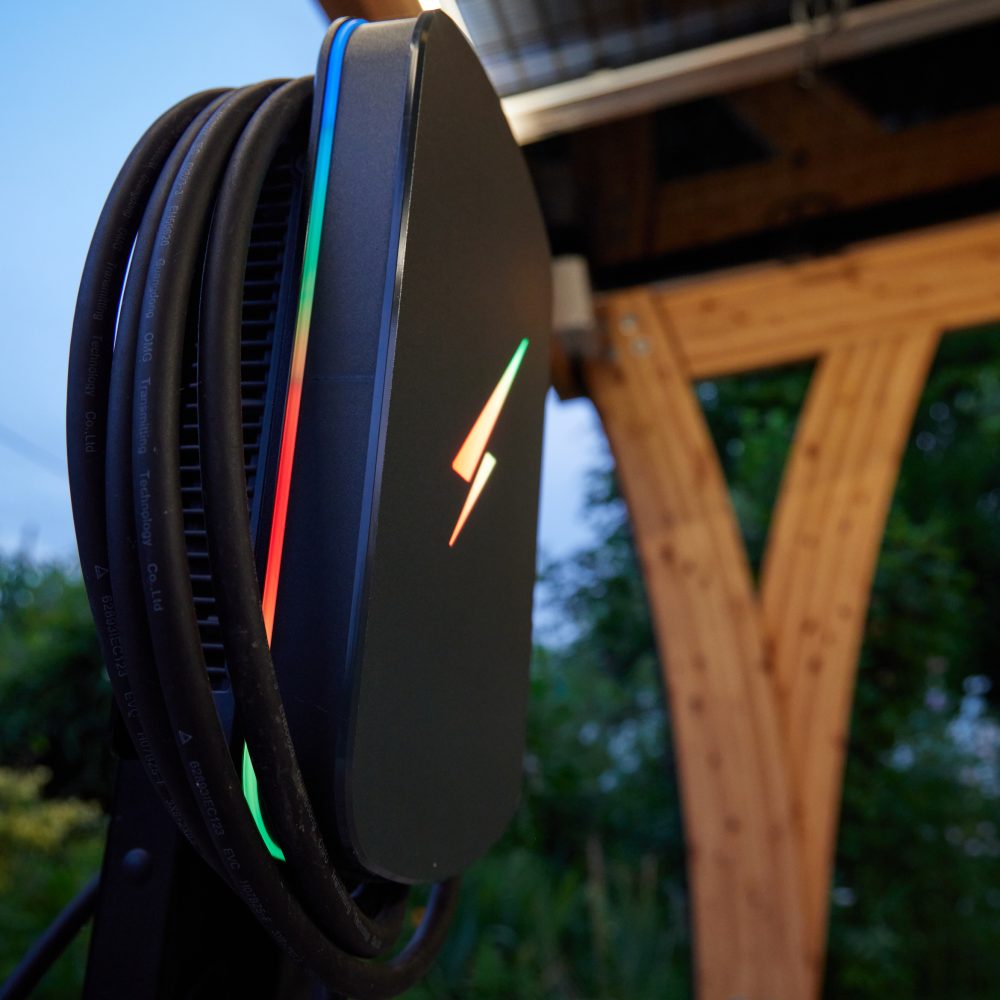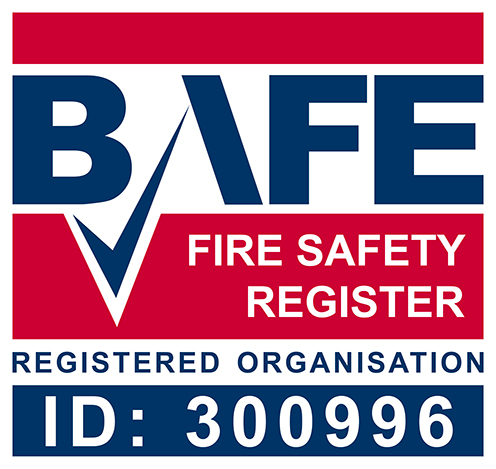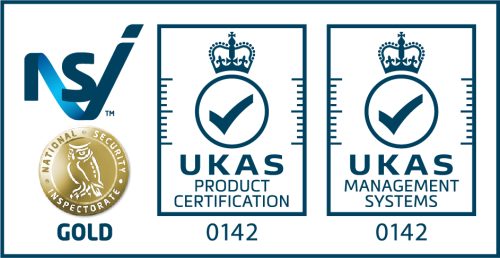Our certified inspectors provide detailed Electrical Installation Condition Reports for compliance and risk mitigation.
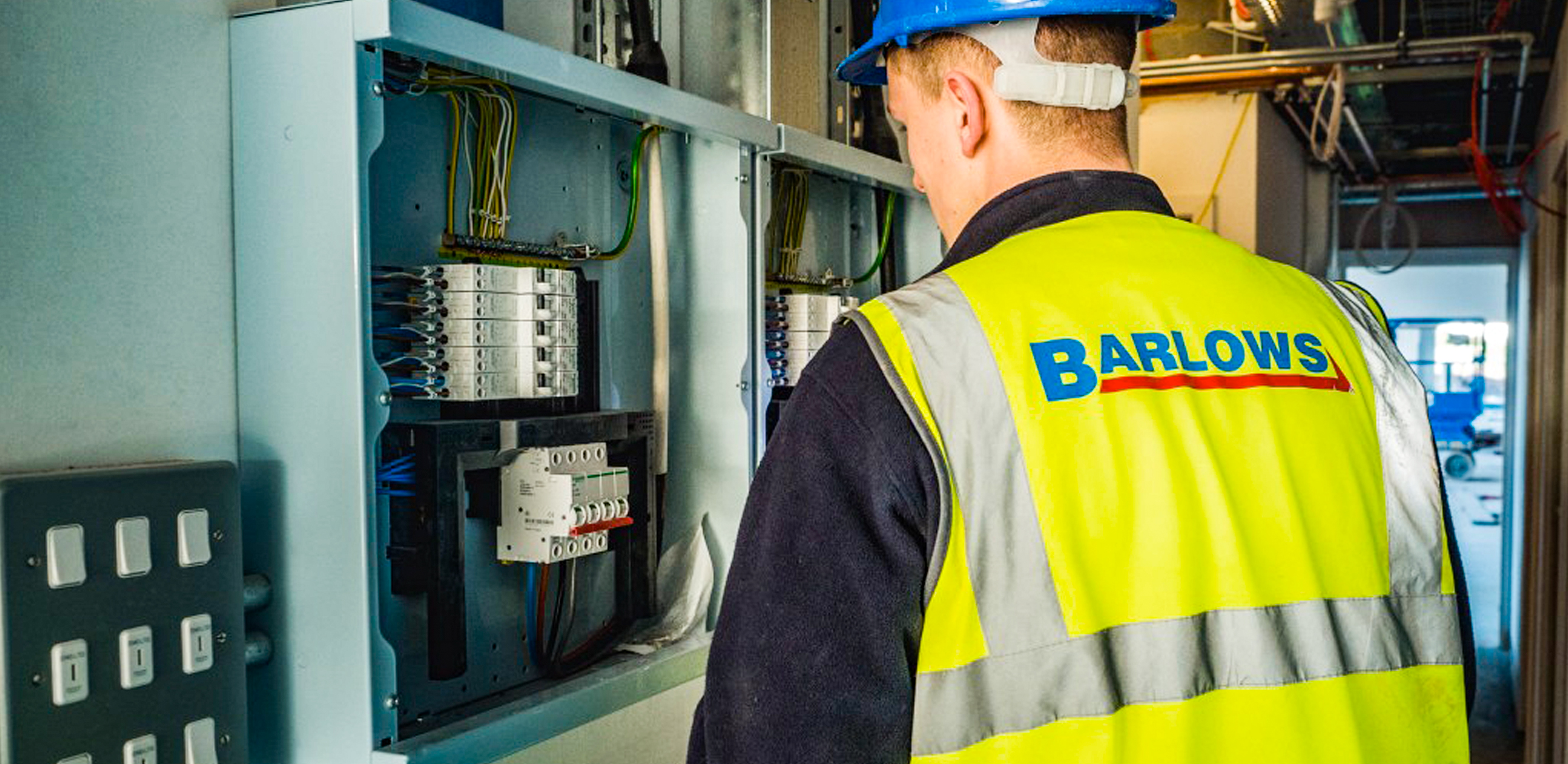
What is an EICR?
An Electrical Installation Condition Report (EICR) is a report not a certificate that provides an assessment of the current in-service condition of an electrical installation against the requirements of the edition of BS 7671 current at the time of the inspection, irrespective of the age of the installation.
Electrical installations can deteriorate with use and time. Therefore, for the safety of the end users, it is important that every installation is periodically inspected and tested by a competent person to confirm it is safe for continued use. It is recommended in electrical wiring regulations, BS 7671, that every installation is subjected to periodic inspection and test, the frequency of this is dependent on its use.
Understand the health of your electrical system with our thorough EICR inspections and detailed documentation.
Why get an EICR.
The main purpose of periodic inspection and testing it to detect so far as is reasonably practicable and report on any factors impairing or likely to impair the safety of an electrical installation.
The aspects to be covered include all of the following:
- Safety of persons against the effects of electric shock and burns
- Protection against damage to property by fire and heat arising from an installation defect
- Confirmation that the installation is not damaged or deteriorated so as to impair safety
- Identification of non-compliances with the current edition of BS 7671, or installation defects, which may give rise to danger.
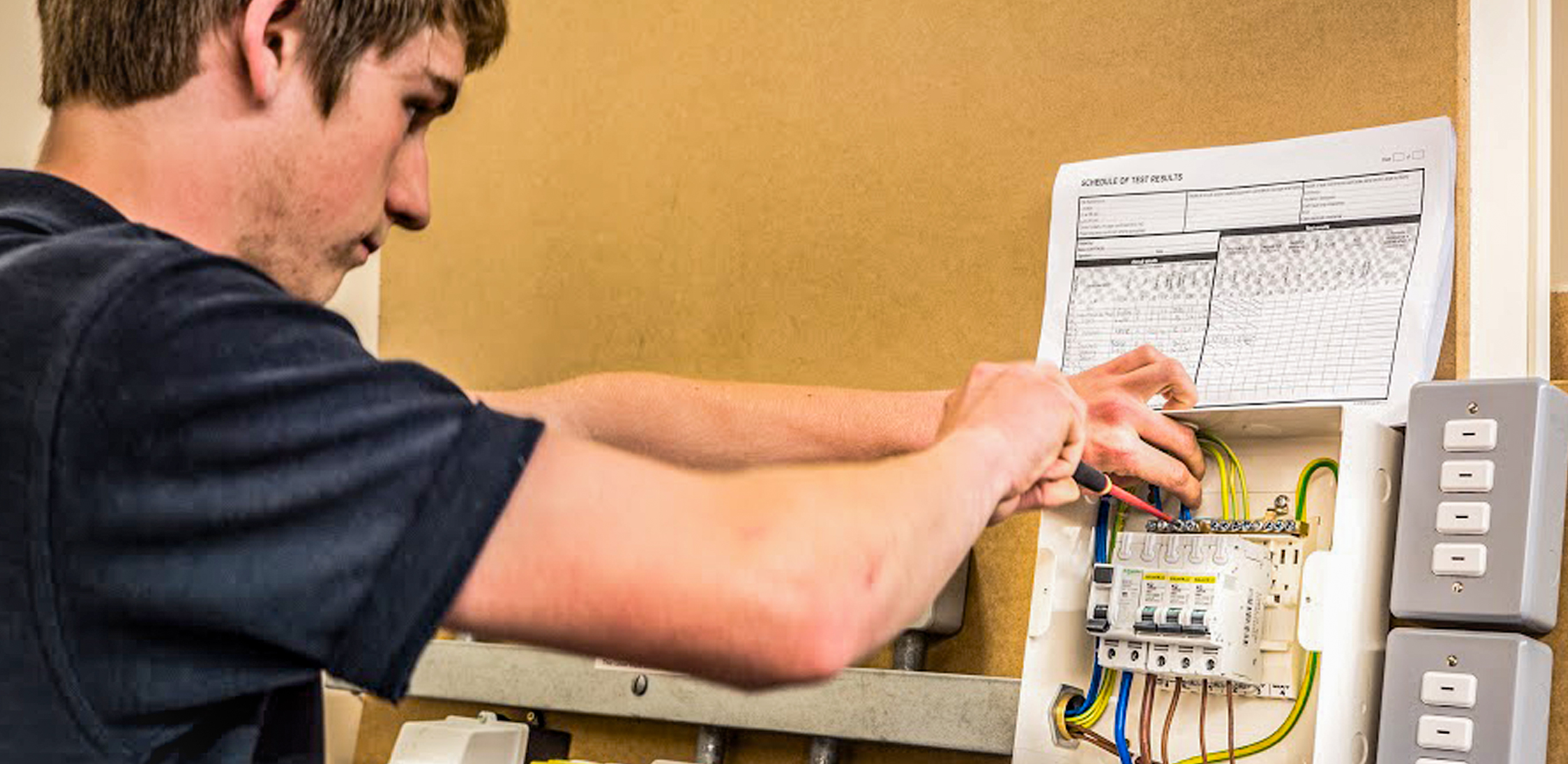
Discover hidden electrical risks through our systematic EICR inspections, promoting safety.
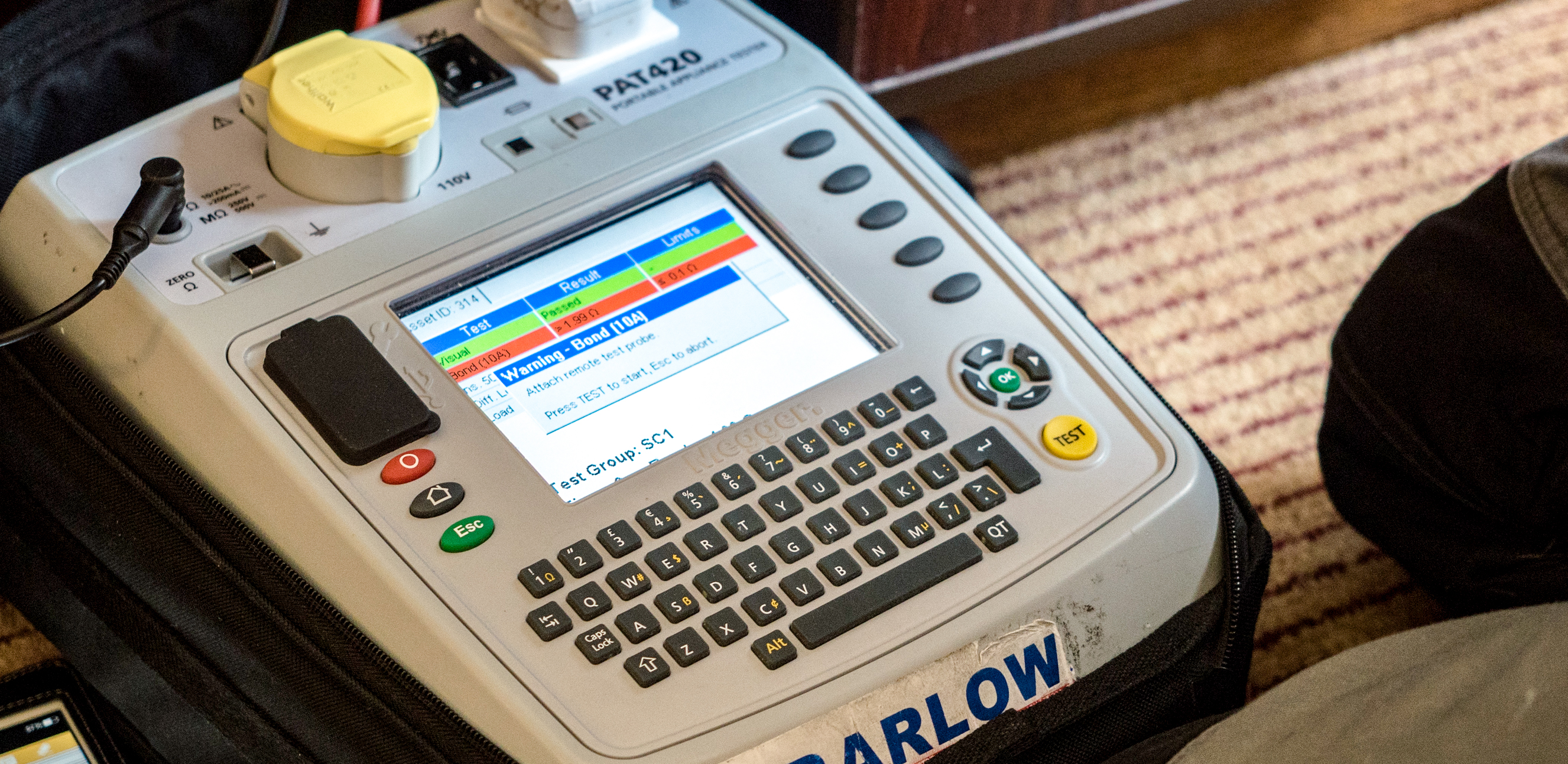
The Classification Codes.
Each observation relating to a concern about the safety of the installation should be attributed an appropriate Classification Code selected from the standard codes C1, C2, C3 and FI. Each code has a particular meaning:
- C1 | 'Danger present'. This code is used to indicate that danger exists, requiring immediate remedial action. The persons using the installation are at immediate risk.
- C2 | 'Potentially dangerous'. This code is used to indicate that, whilst an observed deficiency is not considered to be dangerous at the time of the periodic inspection, it would become an immediate danger if a fault or other foreseeable event was to occur.
- C3 | 'Improvement recommended'. This code is used to indicate that, whilst an observed deficiency is not considered to be a source of immediate or potential danger, improvement would contribute to a significant enhancement of the safety of the electrical installation.
- FI | 'Further investigation required'. Further investigation is required to clarify whether a C2 or C3 classification code is to be issued.



